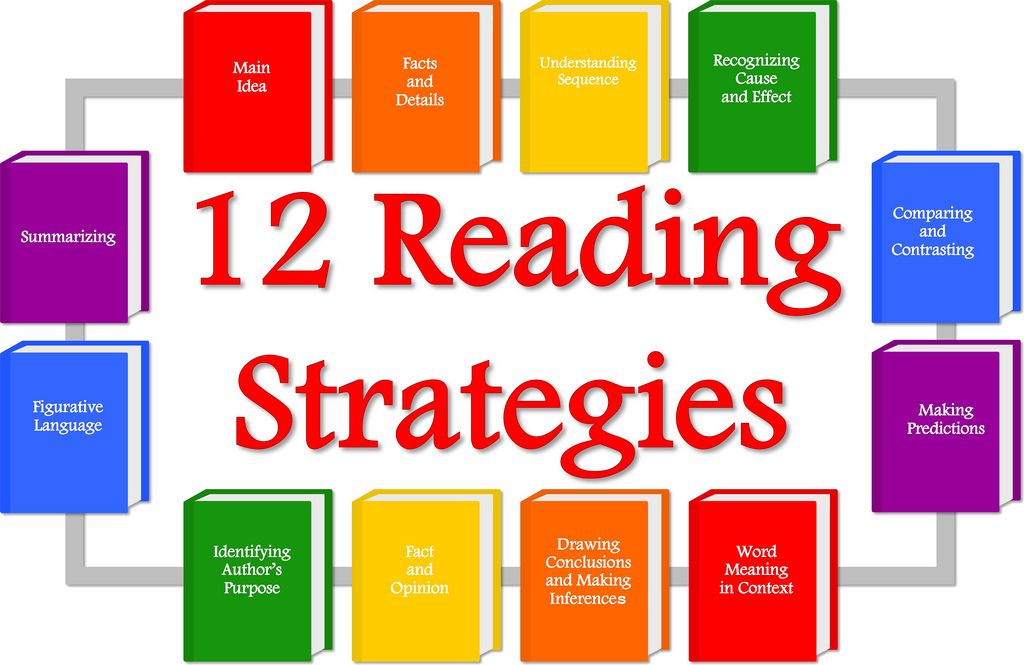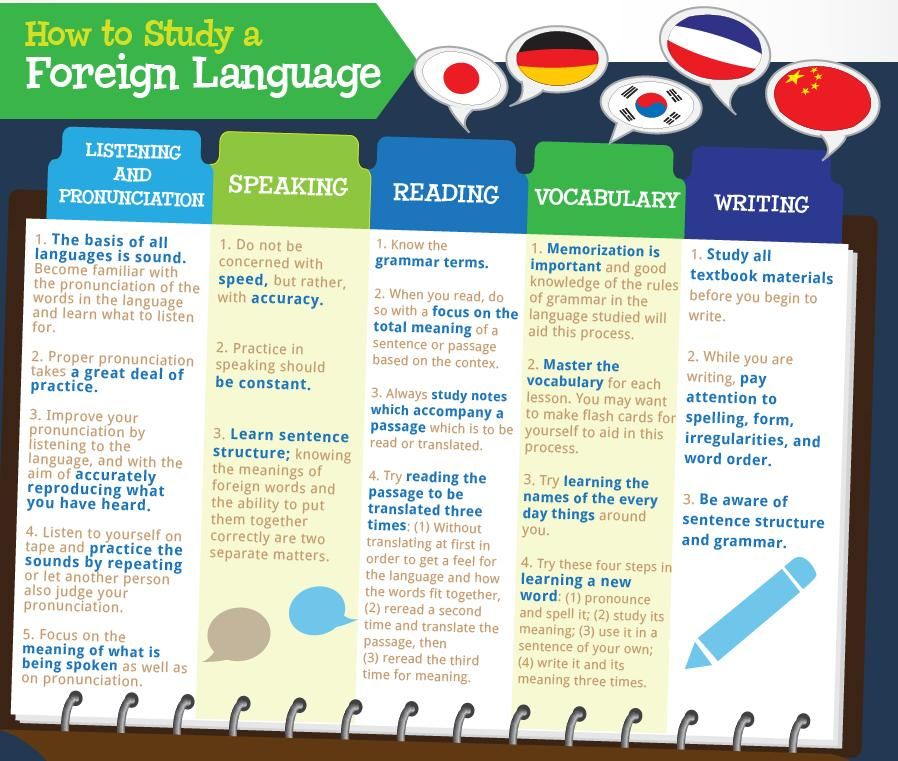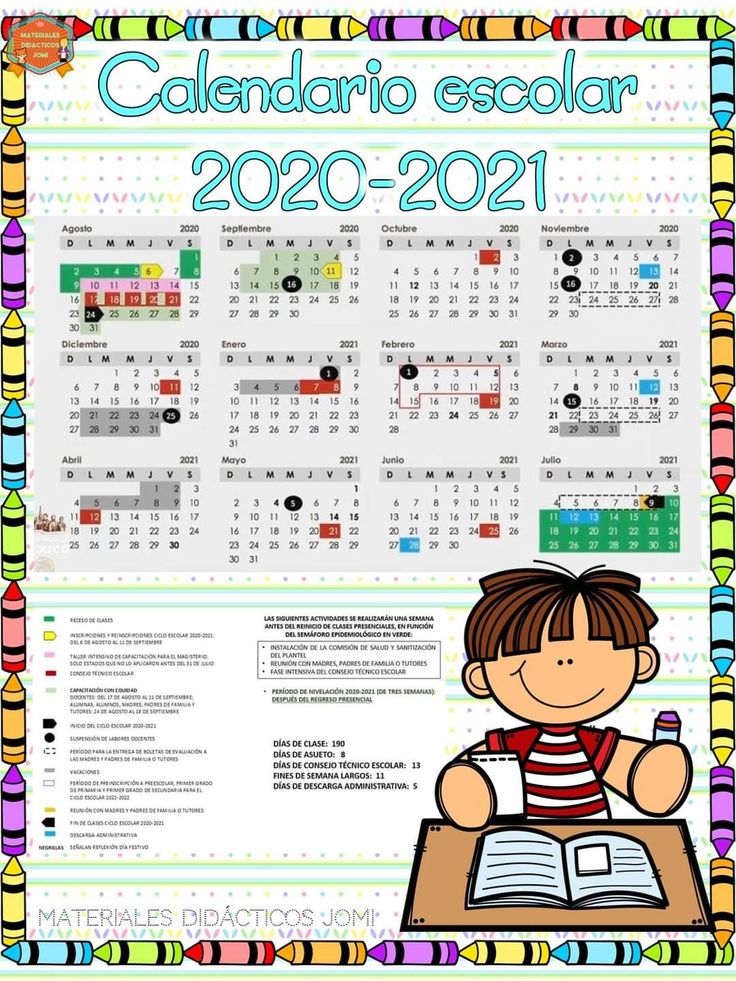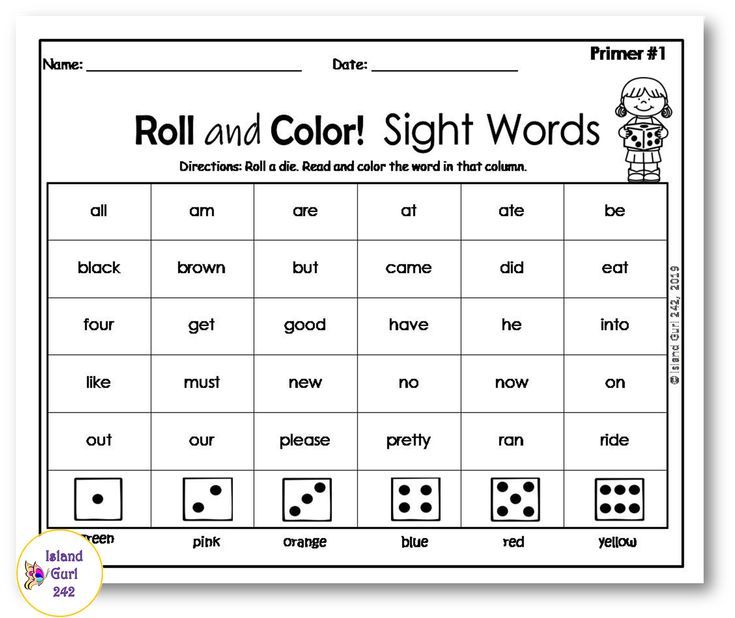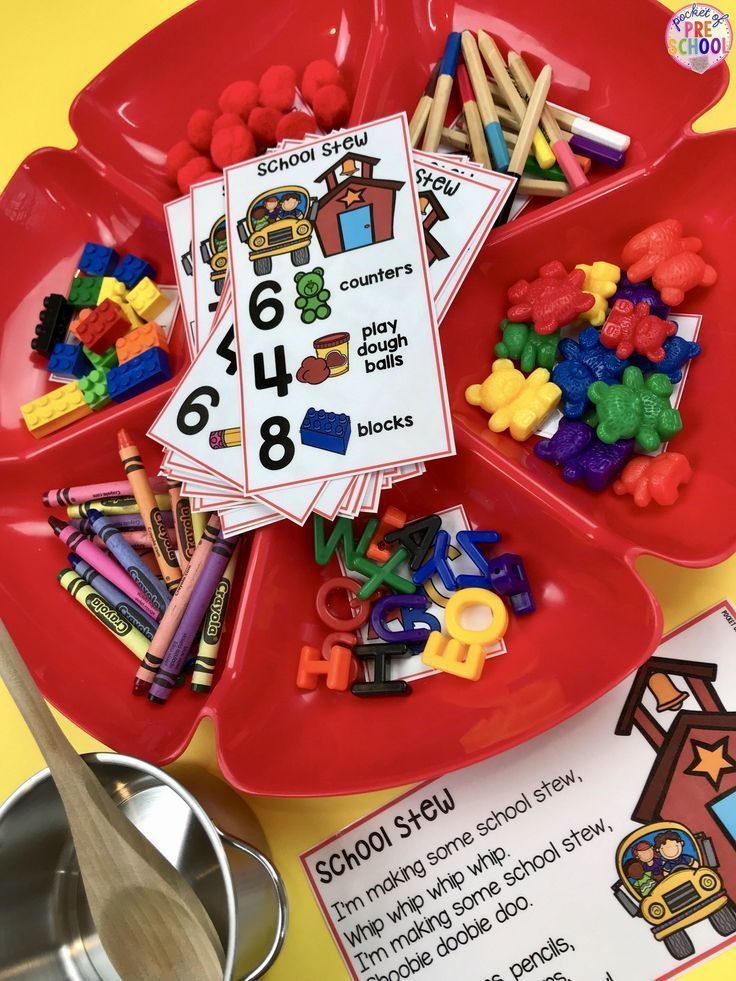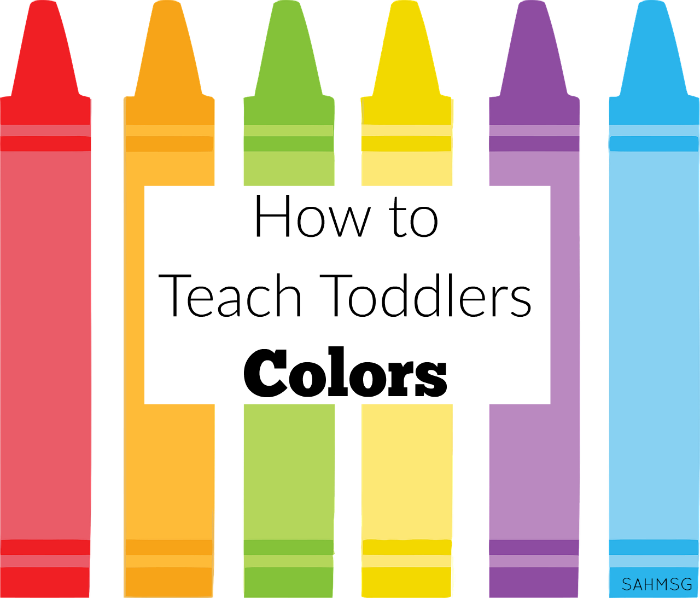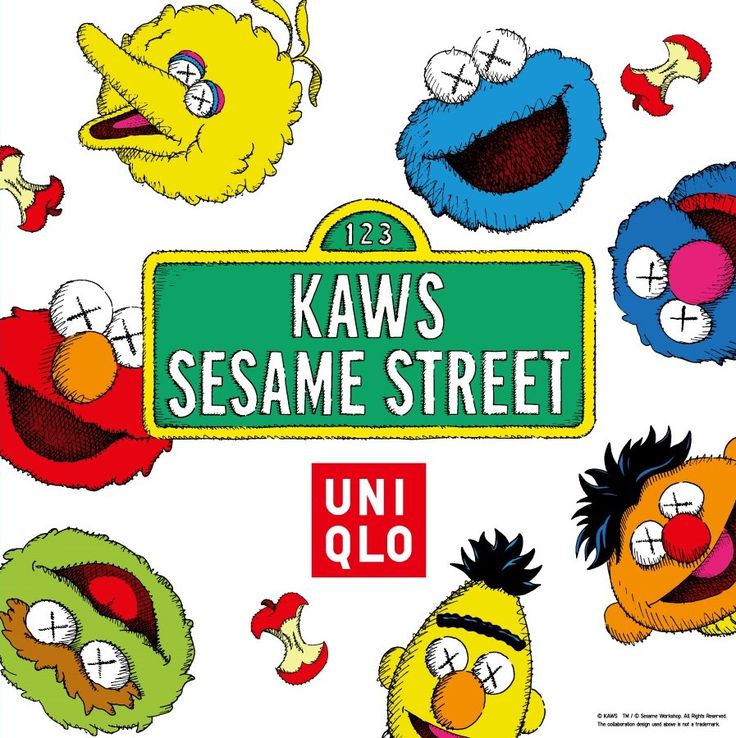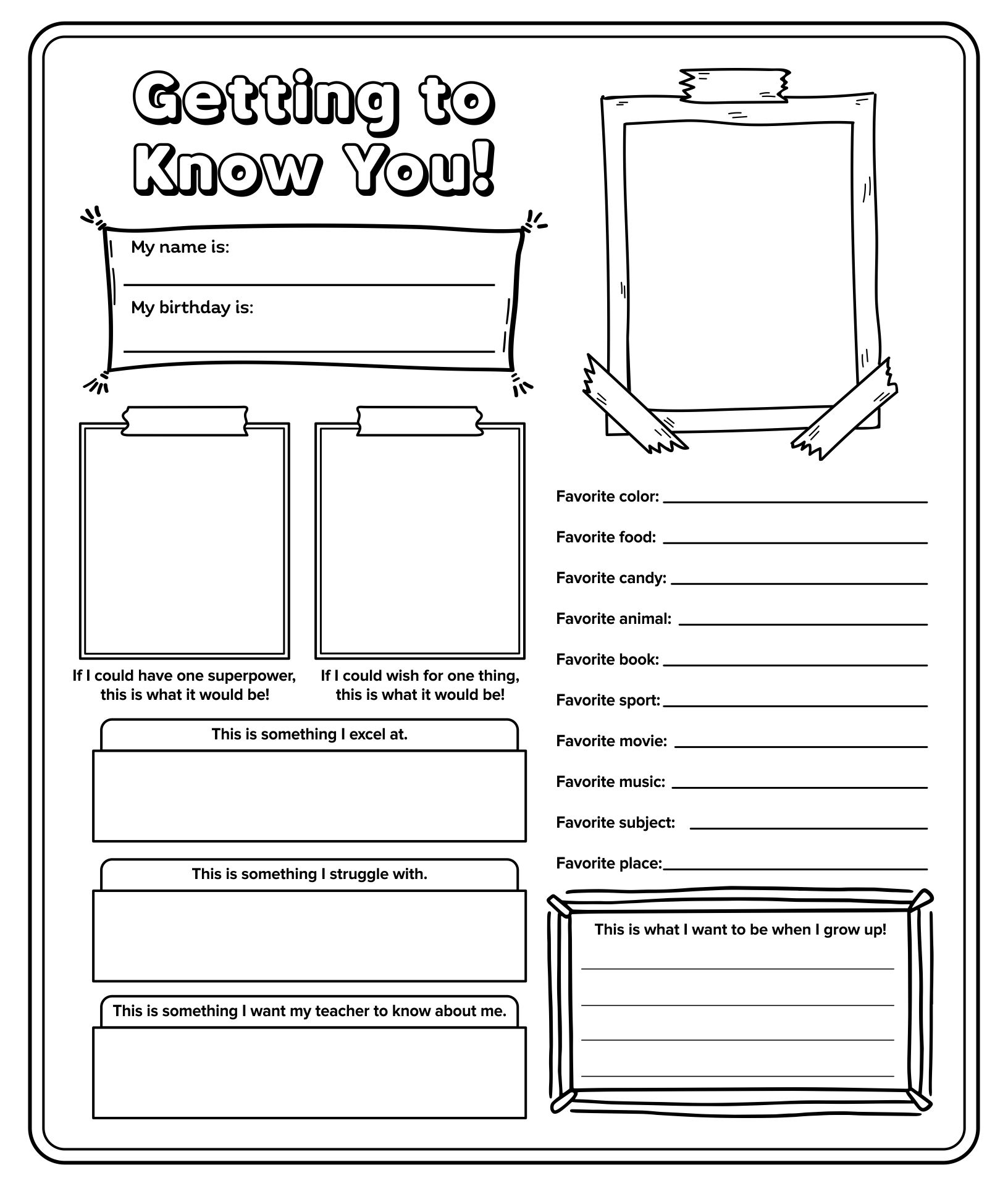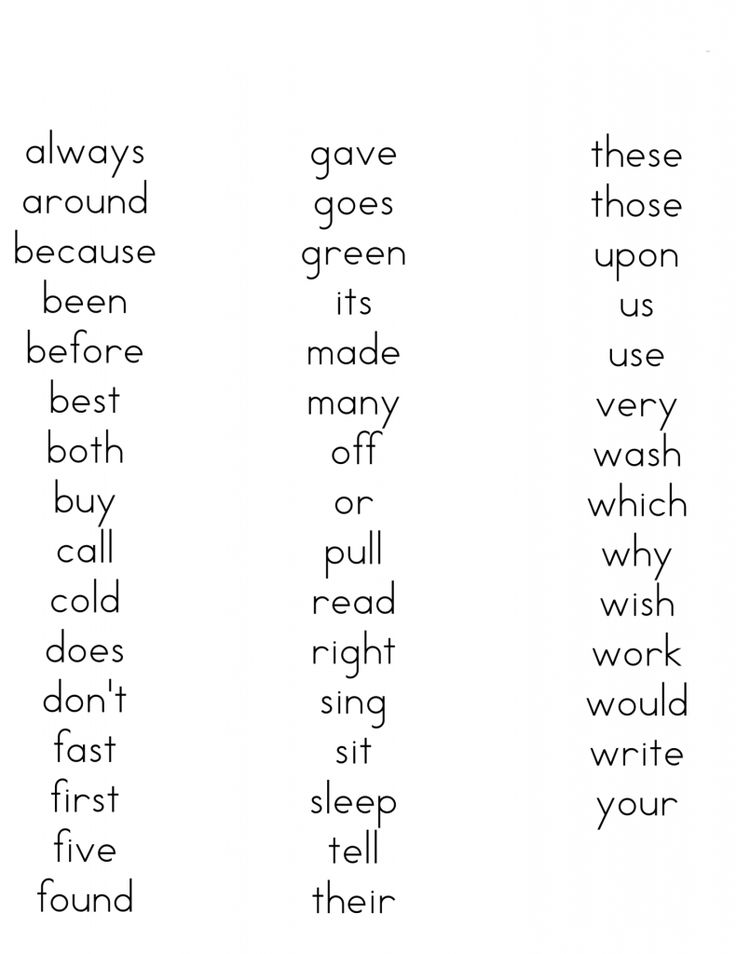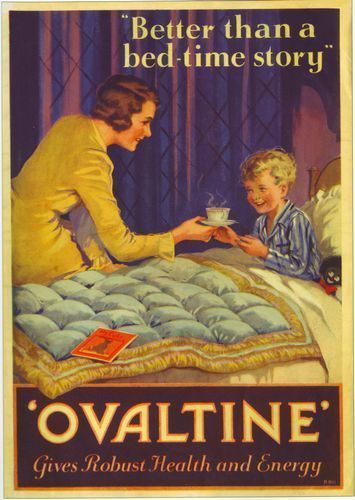Reading stages chart
Stages of Reading Development: The Road to Fluency
With the hundreds, or even 1000's, of literacy objectives we are expected to "cover," we can easily get lost among the weeds.
"What do these students I'm working with need NOW? What's the most important reading skill to continue to advance their reading development tomorrow?" Tough questions, right?
So, you may be thrilled to discover a roadmap for tracking the instructional stages of word reading development to help move ALL your readers from the beginning "A" to the ending "Z" of word reading fluency.
Research-Based Models of Reading Development
Research has given us powerful, useful models of reading development, such as the Simple View of Reading, Scarborough's reading rope, Seidenberg and McClelland's triangle model, and Ehri's phases of reading development. These do indeed guide my thinking about diagnosing students' needs and planning for instruction.
However, these well-known models of reading development do not give the classroom teacher, or tutor, or grand/parent a step-by-step list of priorities of how each minor reading sub-skill stacks one upon the other.
In this article, I will present an instructional model of micro stages in reading development to provide a simple, sequential series of steps for guiding each beginning or struggling reader on the road to word reading fluency.
If you read the National Reading Panel report, you may know that you need to include instruction in:
- Phonemic awareness (the perception of the individual sounds in words),
- Phonics knowledge (the correspondence between letters and sounds, or phonemes),
- Vocabulary knowledge,
- Fluency, and
- Comprehension.
Or, if you've studied Scarborourgh's reading rope like the one pictured above from the AIM Institute, you may realize that you need to include instruction in:
- Language Comprehension
- Background knowledge,
- Vocabulary,
- Language structures, (such as syntax),
- Verbal reasoning (such as inference and metaphor),
- Literary knowledge (such as print concepts, text genres)
- Word Recognition
- Phonological awareness (the more global level of phoneme awareness mentioned above, including perception of syllables in words),
- Decoding (translating the written code into sounds in words),
- Sight recognition (instant recognition of well-learned words).

Yes, awareness of these domains of reading development is essential. We should be covering all of these areas in our instruction as literacy teachers.
- And, yet, what do we teach Johnny tomorrow if we realize he's 1 year behind in reading as a 1st grader?
- What is important for Marta next if we notice that she can't advance past Level D texts?
In other words, which reading sub-skill is Most Pressing to a particular student at any point in time? And which activity would optimally fit that instruction?
Reading Simplified's Streamlined Pathway of Reading Development Stages
Based on a large body of reading research as well as clinical practice working with beginning and struggling readers, I've developed a Streamlined Pathway, or instructional plan, of how to move beginning or struggling readers rapidly through the process of decoding, becoming automatic with word identification, and then becoming fluent.
See the 4 major objectives circled in yellow above that lead, step-wise, towards fluency?
- Blending & Manipulating 3-Sound Words
- Learning Advanced Phonics Knowledge
- Blending & Manipulating 4-Sound Words
- Blending by Chunk (Multisyllable)
This 4-step pathway serves as our beacon when we teach anyone how to read. They help keep the urgent front and center for us. They reduce The Overwhelm.
Most importantly, these 4 major guideposts allow us to move our students towards success rapidly.
On average, what other programs might expect to happen in 2-3 years in terms of reading achievement, we usually witness in 4-6 months. This is the type accelerated achievement that we want for your students, too.
[The above image of the Streamlined Pathway relates to beginning level readers, but we have 2 other quite similar Pathways for other reading levels that members learn about in the Reading Simplified Academy. All together these 3 Streamlined Pathways help us plan for every student's needs if s/he is still working on becoming fluent. ]
]
The Streamlined Pathway was born out of my frustration in working with huge, and separate, scope and sequences for phonics, phonemic awareness, and high frequency word learning. Rather than juggling multiple scope and sequences, we simply follow this 1-page Pathway that integrates phonics, phonemic awareness, and high frequency word development.
When a group of students need to learn the short "a" sound, they also encounter high frequency words with that spelling, such as "that," "an," "has," etc. And as they are learning this phonics and word identification, they are continually practicing and extending their phonemic awareness development with just a handful of Word Work activities: Build It, Read It, Sort It, Switch It, and Write It....
- They segment words, as they also learn about the alphabetic principle and early letter-sound knowledge with Build It:
Build It Example
- They learn to blend and reinforce segmenting, as well as Basic Code letter-sound knowledge with Read It:
Read It Example
- They reinforce blending and segmenting, as well as Advanced Phonics knowledge with Sort It:
Sort It Example
- They develop phonemic manipulation--a type of advanced phonemic awareness, or phonemic proficiency--while reinforcing segmenting and Basic Code knowledge with Switch It:
Switch It Example
- They extend phonemic segmentation and phonics knowledge with Write It:
Write It Example
The teacher using the Streamlined Pathway as his/her guide for planning instruction usually moves 1 step at a time up the Pathway, guided mostly by vowel sounds--first short vowel sounds (steps 1 through 4 above) and later by Advanced Phonics (steps 5 through 12 above).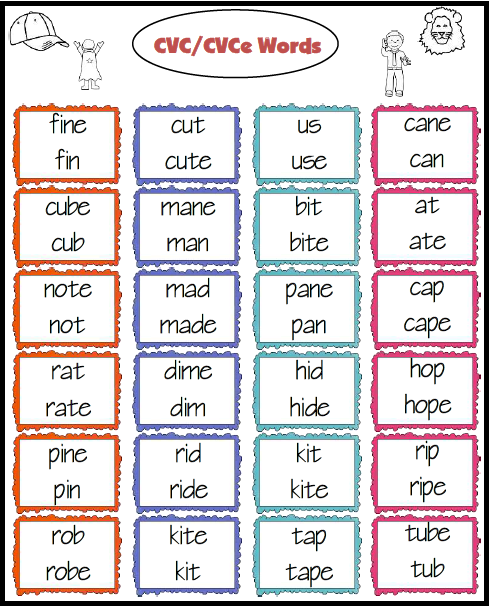
Imagine a teacher is advancing his students from step 1 to step 2. This small group of students has gained skill at short vowels "a" and "i" and many high frequency consonants, such as "m," "t," "s," and "p," as well as some consonant digraphs, such as "th."
In looking forward to tomorrow's lesson, he asks himself 2 diagnostic questions that guide his planning:
- Which high frequency letter-sounds do my students need to learn next? and
- What is the highest level of phonemic difficulty my students can handle with my support? (That is can the students blend, segment, and/or manipulate CVC words, such as "hat"? Or can they manage the higher phonemic level of CCVC words, such as "stop"?)
Question 1:
Perhaps he realizes that mostly short "a" and "i" words are being read in Guided Reading and Word Work, with his support. He wants to fold in short "o" next as part of Step 2 of the Pathway.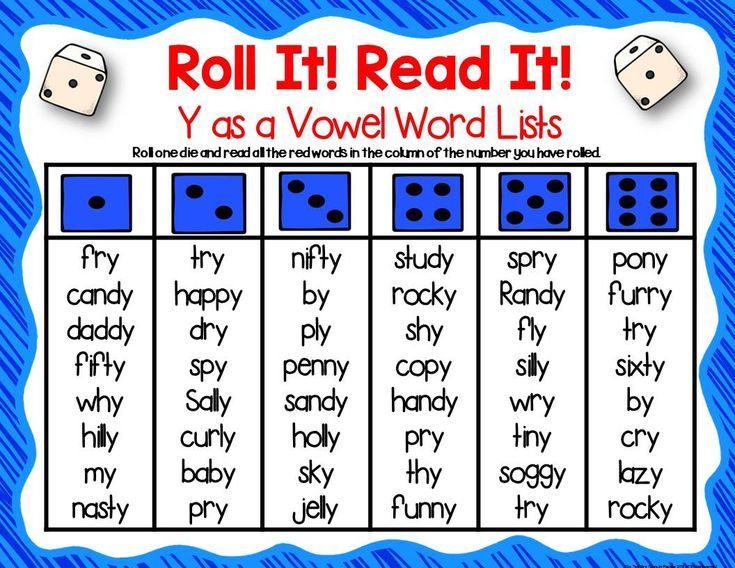 So he plans on selecting words with short "o" from the Switch It and Read It lists.
So he plans on selecting words with short "o" from the Switch It and Read It lists.
Question 2:
He also notices that the students are thriving with manipulating and segmenting 3-sound CVC words, so he decides to advance in Switch It to CVCC words, such as "cost" or "bond." Their blending is still shaky, however, so he plans more Read It at the 3-sound level--choosing words such as "job" and "not."
Similarly, he will select a short "o" sound text with mostly CVC words for his students to practice such as this one from the Reading Simplified Academy:
Thus our intrepid teacher plans a lesson based on the Streamlined Pathway that challenges the students' developing phonemic awareness, phonics knowledge, and high frequency word knowledge in an integrated fashion.
Tracking the Road to Fluency
We have tools to track an entire class or an individual student inside our Reading Simplified Academy. But in this article for the public, I'm sharing another way to track an entire class's progress on a 1 page chart.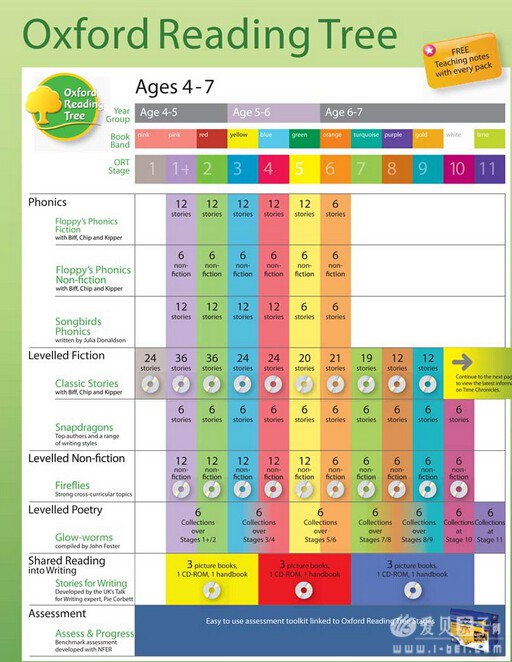 ..
..
(Be sure to find a box in this article or in the sidebar to share your name and email so you can receive a copy of this Stages of Word Reading Development chart.)
We ask ourselves, "What percentage of my class has achieved each of these reading sub-skill milestones?
Then we shade in each relevant sub-skill based on our current responses. Perhaps 100% of our class has learned the concept of the alphabetic principle, but only 75% of our class has show skill with 3-sound phonemic segmentation. Then that's what we shade in on our own Tracking sheet!
The goal would be to move towards 100% for as many reading sub-skills as possible (although that's harder for K, but likely for 1st grade and up).
The stages of word reading development are listed in general order of development--in the Reading Simplified instructional environment.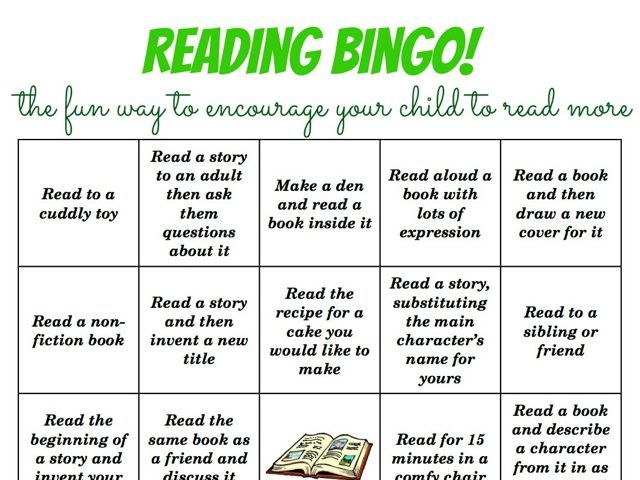 The order of these steps--from
The order of these steps--from
- Concept of the alphabetic principle, to
- 3-sound phonemic segmentation, to
- Basic letter-sounds, and all the way to
- Additional high frequency words--
matches the design of the Streamlined Pathway. Students who are being instructionally guided by this Pathway will generally accomplish each of these reading skill milestones in this order. Students in an another instructional program, however, may be less likely to fit these steps.
In other words, this is an instructionally-driven stages of word reading development guide, not a universally true sequence. If you adopt the Reading Simplified system, however, this Tracking chart may be very helpful to you.
Example of Tracking the Road to Fluency chart
A Kindergarten teacher in October, after 2+ months of schooling, may be able to fill out her Tracking chart like above. She's accomplished a lot in a short period of time, and she also can track what is still needed in terms of word reading development:
The 25% of her class lacking in Basic letter-sounds and 3-sound phonemic blending would likely benefit from more Switch It, Read It, and Guided Reading of New Texts.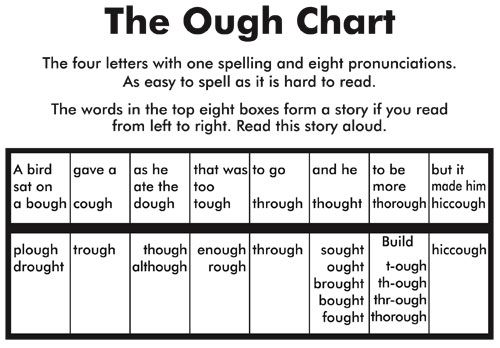
A teacher of 2nd grade students might be able to shade in many more spaces on the Tracking chart, yet she would still be able to identify which Most Pressing Needs were still outstanding. Perhaps her students would need more practice with:
- Flex It (applying set for variability),
- Multisyllable-blending and Flex It, and
- Another 4+ Advanced Phonics sounds.
If so, she would likely choose more Sort It, Flex It activities (and coaching during Guided Reading) Read It at the Multisyllable level, and Guided Reading passages targeting key advanced phonics sounds.
We hope that many teachers, grandparents, tutors, and parents who are adopting the Reading Simplified system will be served by this tracking chart.
How is your class doing? We'd love to hear from you in the comments below. Post your shaded in chart here in the comments below. Then, at the end of the school year, post a new image of the Tracking chart how your class finished out the year!
Reading Development and Skills by Age
Reading Development and Skills by Age | UnderstoodConversation starters to help kids process traumatic news. Read more
Read more
Skip to contentThis page is in English
Because differences are our greatest strength
DonateOpens new windowWhy support Understood?
ByAmanda Morin
What you’ll learn
- Babies (ages 0–12 months)
- Toddlers (ages 1–2 years)
- Preschoolers (ages 3–4 years)
- Kindergartners (age 5 years)
- Younger grade-schoolers (ages 6–7 years)
- Older grade-schoolers (ages 8–10 years)
- Middle-schoolers and high-schoolers
Even as babies, kids build reading skills that set the foundation for learning to read. Here’s a list of reading milestones by age. Keep in mind that kids develop reading skills at their own pace, so they may not be on this exact timetable.
Babies (ages 0–12 months)
- Begin to reach for soft-covered books or board books
- Look at and touch the pictures in books
- Respond to a storybook by cooing or making sounds
- Help turn pages
Toddlers (ages 1–2 years)
- Look at pictures and name familiar items, like dog, cup, and baby
- Answer questions about what they see in books
- Recognize the covers of favorite books
- Recite the words to favorite books
- Start pretending to read by turning pages and making up stories
Preschoolers (ages 3–4 years)
- Know the correct way to hold and handle a book
- Understand that words are read from left to right and pages are read from top to bottom
- Start noticing words that rhyme
- Retell stories
- Recognize about half the letters of the alphabet
- Start matching letter sounds to letters (like knowing b makes a /b/ sound)
- May start to recognize their name in print and other often-seen words, like those on signs and logos
Kindergartners (age 5 years)
- Match each letter to the sound it represents
- Identify the beginning, middle, and ending sounds in spoken words like dog or sit
- Say new words by changing the beginning sound, like changing rat to sat
- Start matching words they hear to words they see on the page
- Sound out simple words
- Start to recognize some words by sight without having to sound them out
- Ask and answer who, what, where, when, why, and how questions about a story
- Retell a story in order, using words or pictures
- Predict what happens next in a story
- Start reading or asking to be read books for information and for fun
- Use story language during playtime or conversation (like “I can fly!” the dragon said.
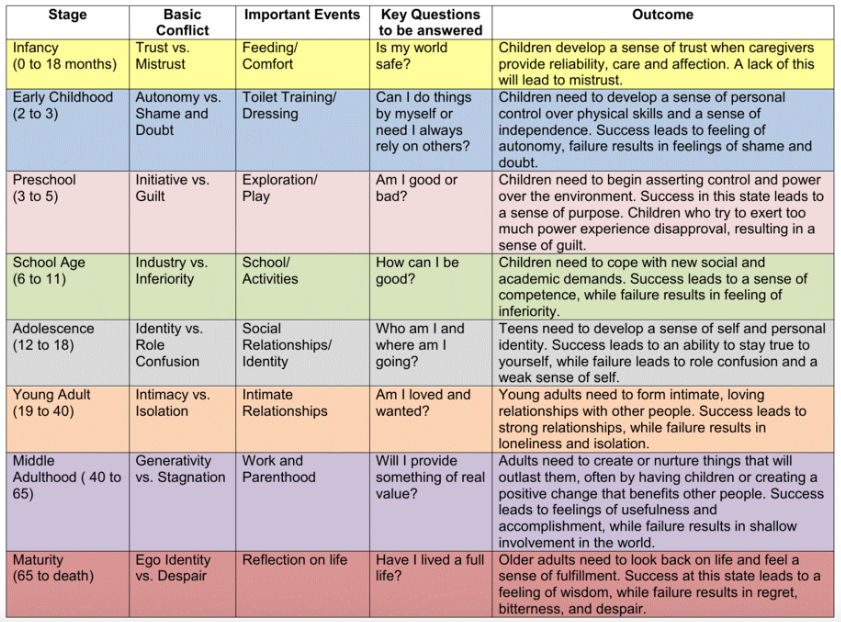 “I can fly!”)
“I can fly!”)
Younger grade-schoolers (ages 6–7 years)
- Learn spelling rules
- Keep increasing the number of words they recognize by sight
- Improve reading speed and fluency
- Use context clues to sound out and understand unfamiliar words
- Go back and re-read a word or sentence that doesn’t makes sense (self-monitoring)
- Connect what they’re reading to personal experiences, other books they’ve read, and world events
Older grade-schoolers (ages 8–10 years)
- In third grade, move from learning to read to reading to learn
- Accurately read words with more than one syllable
- Learn about prefixes, suffixes, and root words, like those in helpful, helpless, and unhelpful
- Read for different purposes (for enjoyment, to learn something new, to figure out directions, etc.)
- Explore different genres
- Describe the setting, characters, problem/solution, and plot of a story
- Identify and summarize the sequence of events in a story
- Identify the main theme and may start to identify minor themes
- Make inferences (“read between the lines”) by using clues from the text and prior knowledge
- Compare and contrast information from different texts
- Refer to evidence from the text when answering questions about it
- Understand similes, metaphors, and other descriptive devices
Middle-schoolers and high-schoolers
- Keep expanding vocabulary and reading more complex texts
- Analyze how characters develop, interact with each other, and advance the plot
- Determine themes and analyze how they develop over the course of the text
- Use evidence from the text to support analysis of the text
- Identify imagery and symbolism in the text
- Analyze, synthesize, and evaluate ideas from the text
- Understand satire, sarcasm, irony, and understatement
Keep in mind that some schools focus on different skills in different grades.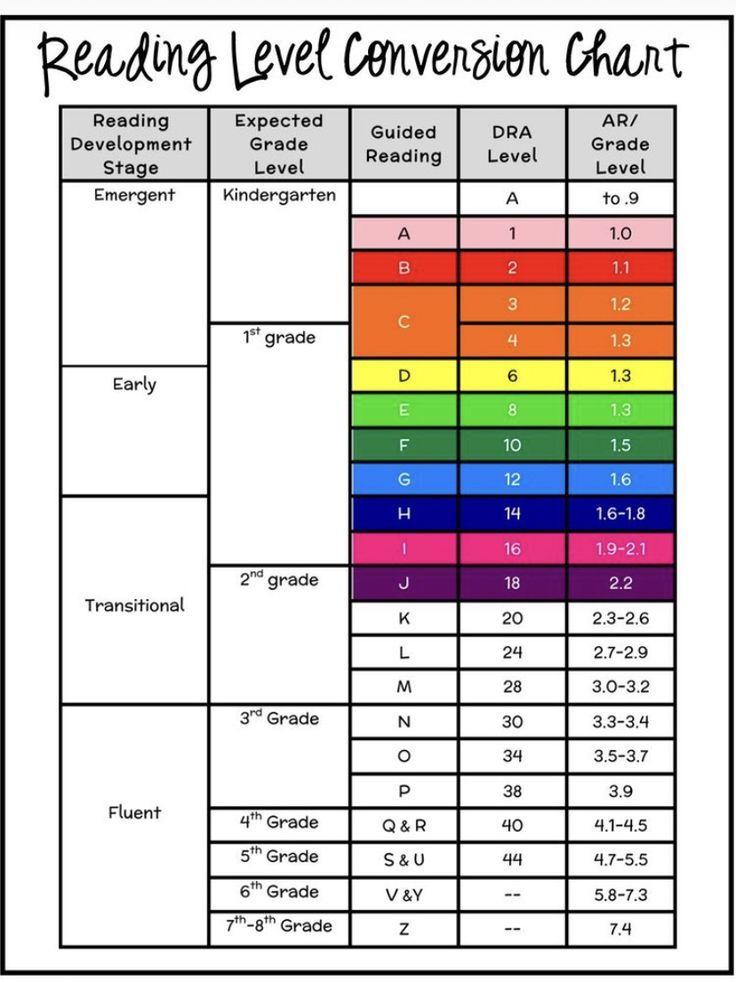 So, look at how a child reacts to reading, too. For example, kids who have trouble reading might get anxious when they have to read.
So, look at how a child reacts to reading, too. For example, kids who have trouble reading might get anxious when they have to read.
If you’re concerned about reading skills, find out why some kids struggle with reading.
Explore topics selected by our experts
Reading and writing
Related topics
Reading and writing
Tell us what interests you
About the author
About the author
Amanda Morin is the author of “The Everything Parent’s Guide to Special Education” and the former director of thought leadership at Understood. As an expert and writer, she helped build Understood from its earliest days.
Reviewed by
Reviewed by
Ginny Osewalt is a dually certified elementary and special education teacher with more than 15 years of experience in general education, inclusion, resource room, and self-contained settings.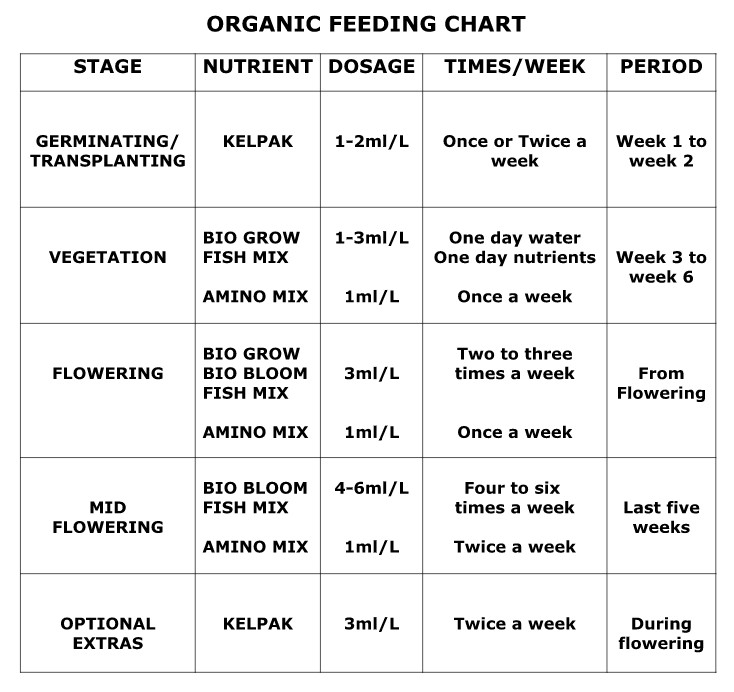
Discover what’s possible when you’re understood.
We’ll email you our most helpful stories and resources.
Learn more
Copyright © 2014-2023 Understood For All Inc.
Syllabic table of speed reading for children: features, benefits, results
Teaching children to read is not a simple and fast process. When to start, parents decide on their own for their child, and how to do it too. But there are techniques and manuals that help in this matter. Syllable tables for quick reading enable the child to easily move from the stage of learning individual letters to direct reading by syllables.
Contents:
- What is the syllabary
- How to Use Table Properly and Efficiently
- Benefits and learning outcomes
- Instructional video
Many parents and teachers who have tried syllabary classes with their children are satisfied with the results. But in order to understand how useful this tool is, it is important to understand how to use it, and what are the features of such training.
What is a syllabary chart
A speed reading syllabary for children is columns of vowels and rows of consonants that form syllables when crossed. On the line with the consonant letter “H”, syllables with all the vowels turned out: “on”, “but”, “well”, etc. Vowels "singing" letters are given to a child much easier than consonants. Therefore, having learned one of them, for example, the letter “H”, the baby can easily read all the syllables that can be composed with it.
Then you can move on to the next consonant letter and substitute vowels for it. Training will be easy, because the plate is visual and easy to remember. For the convenience of the child, vowels are marked in red, and consonants in blue. After all, the color perception of the child will also be useful in the study of syllables and reading rules.
During the lesson, the child will definitely notice that in some cells there is a dash instead of a syllable. It is important to explain to him that such a combination of letters, as when crossing a column and a line, does not happen.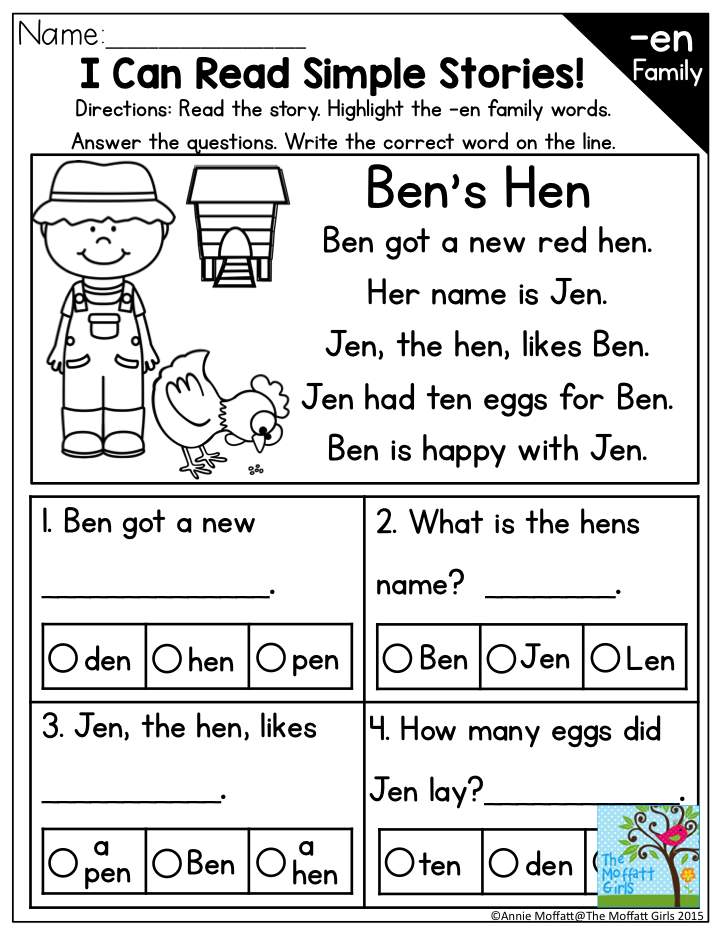 For example, "ZHY" is never used, after the hissing consonant, the vowel "I" is always placed.
For example, "ZHY" is never used, after the hissing consonant, the vowel "I" is always placed.
Elena, mother of six-year-old Varya: “I didn't teach my daughter early reading, as many of my friends did. And although everyone around me told me that later it would be more difficult, that I had to start early, I decided to give the child the opportunity to play more, and not study. And at the age of 5, we began to learn to read from syllabic tables. Varya learned the letters in a few weeks, then in a couple of lessons on the tables she learned to pronounce whole syllables, and now she reads at the level of first-graders completely independently.
How to use the table correctly and effectively
Many parents, having decided to try learning to read using syllabic tables, are interested in how to use this tool, and how many times a day you need to study with your child. Training is divided into stages:
- Learning letters.
- Folding them into syllables at the intersection of the rows and columns of the table.
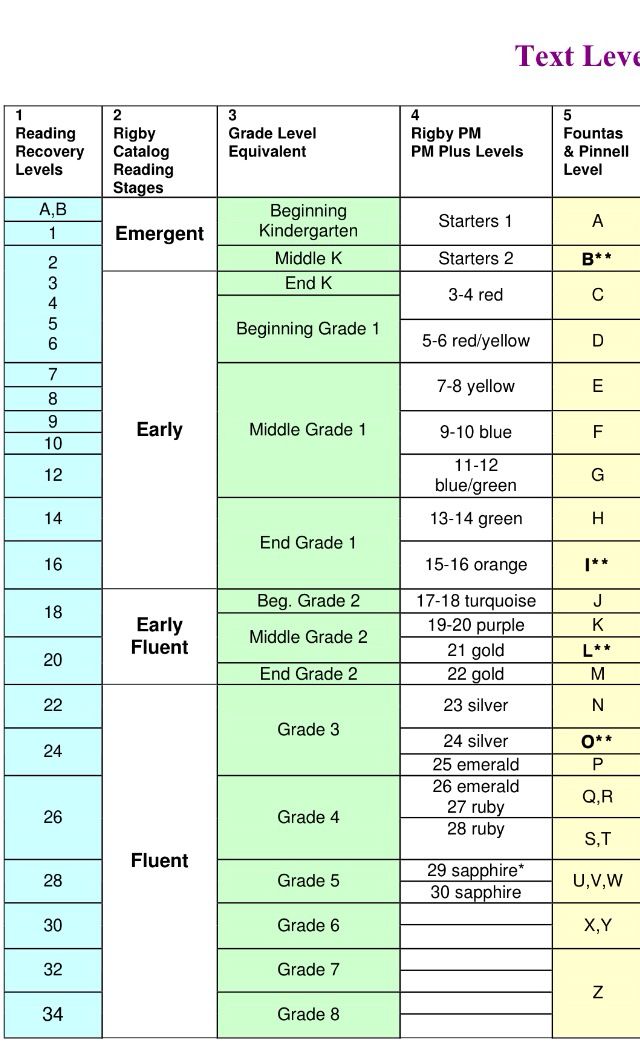
- Reading syllables formed from one consonant, that is, all syllables from one line.
- Printout of the table and cutting out individual syllables on the cards.
- Reading random syllables from different cards.
- Combining several syllables into simple words.
The frequency and duration of classes depend on the age of the child. Some parents prefer early education when the child is 3 or 4 years old, but do it more for themselves than for him. The optimal age for learning to read is 5-6 years old, when preparation for school begins. Then you can practice twice a day for 10-15 minutes in the morning and evening.
| A | W | O | S | and | E | I | Yo | Yu | E | b | |
|---|---|---|---|---|---|---|---|---|---|---|---|
| H | TO | NU | NO | US | NI | NOT | NY | HE | NU | NE | Hb |
| M | MA | MU | MO | WE | MI | ME | MJ | MY | MJ | ME | MY |
| T | TA | TU | TO | YOU | TI | TE | TY | TE | TY | TE | MY |
| K | KA | KU | KO | - | KI | KE | - | Kyo | - | EC | Kb |
| x | XA | XU | XO | - | CHI | XE | - | - | - | XE | xb |
| B | BA | BU | BO | BI | BU | BU | BY | BU | BE | BY | |
| B | BA | VU | VO | YOU | VI | BE | VYa | BE | VU | VE | Bb |
| D | GA | GU | GO | - | GI | GE | - | GE | - | GE | Gb |
| D | YES | DU | TO | DY | CI | DE | DYA | DE | DU | DE | D |
| W | YA | ZHU | JO | - | ZhI | SAME | - | SAME | - | - | WL |
| Z | FOR | ZU | ZO | PS | ZI | SE | ZYA | ZO | ZYU | SE | 3b |
| L | LA | LU | LO | LY | LI | LE | LA | LE | LYu | LE | L |
| M | PA | PU | SW | PY | PI | PE | ПЯ | PY | PY | PE | Pb |
| R | RA | EN | RO | RY | RI | RE | RJ | Pyo | Ryu | RE | Pb |
The benefits and outcomes of learning
As Vasily Sukhomlinsky, an outstanding teacher and writer, once said: "Reading is one of the sources of thinking and mental development.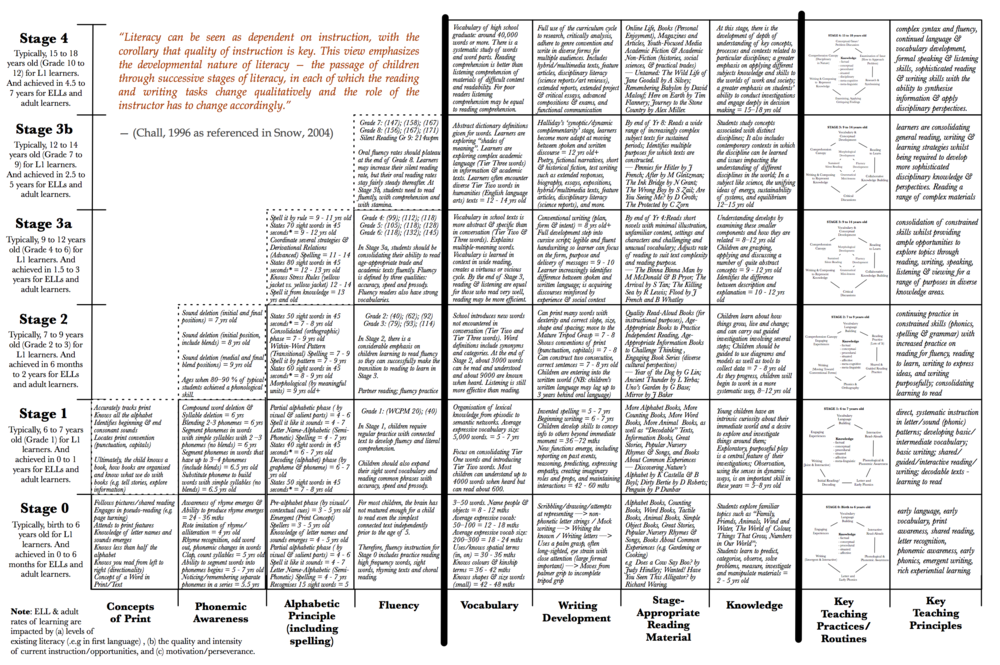 "
"
Speed reading tables have many benefits for children's learning. These include not only the ability to read the entire syllable, and not its individual letters, but also the ability to navigate the table and quickly find the necessary syllables. The most difficult stage in learning to read is to overcome the barrier between learning all the letters and being able to read them together, and not separately. Using a table will help you skip this step.
From the first day of learning with the help of tables, the child will have an idea of what an open syllable is, how it is formed and how it is read. Regular classes will help you master the skill in a short period of time, and soon you can switch with your child to reading the first books by syllables.
A child must be taught to read and set an example of reading parents.
Instructional Video
Insert Technique: 5 Steps Complete Guide
Search:
Reading: 9 minUpdated: Heading: Critical
The article describes the Insert method as a modern and effective tool for processing and assigning new knowledge, as well as assessing existing ones.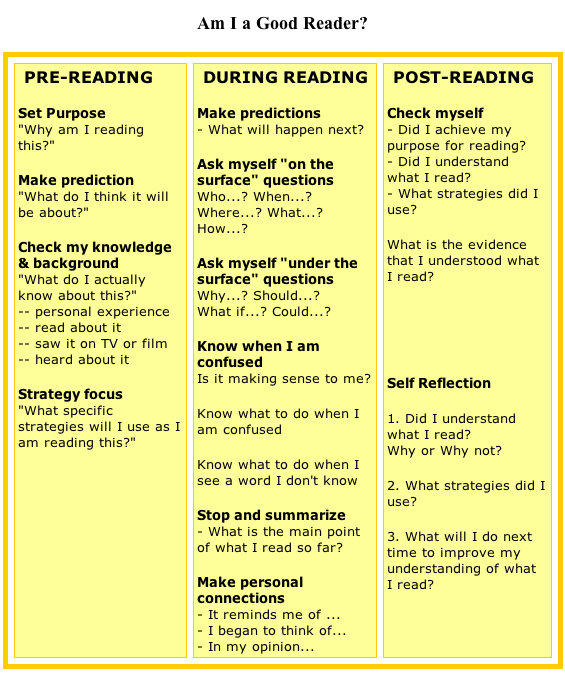
It forms a number of necessary skills for working with information. This is relevant now and the demand for people who have such skills will only grow.
You can start using it already in the 1st grade. It's so technically simple.
Insert Technique - what it is
Insert Technique is a system of labeling text with icons as it is read. It is used in the technology of critical thinking.
Critical thinking technology is one of the advanced educational technologies. It was proposed in the mid-1990s by American psychologists D. Steele, C. Meredith and C. Temple.
Critical thinking technology is aimed at teaching the child:
- comprehend new information
- find connections with existing knowledge
- form your own opinion
- make informed decisions
Insert is also called effective reading technology.
Why does it work? He is visual.
It makes visible:
— the process of data accumulation
— the path from old knowledge to new
| I - Interactive N - Noting S - System E - Effective R - Reading and T - Thinking | Cognitive 9,0003 9,0003 961 961 961 961 Purposes of using the insert techniqueDevelop voluntary attention When using this technique, the child does not read passively and often without understanding, but attentively. Learn to analyze what you read The text marking system already helps to divide the material according to certain criteria. In addition, work is underway to correct the known, when contradictions are found between the old and the newly acquired knowledge. Assimilate new knowledge so that it is built into long-term memory. At the stage of working with the table, the child pronounces units of information that he did not know before and connects them with those that already made up his world map. connection between neuronsLearn to work with large texts This goal requires the fulfillment of all previous goals. Both attention, and analysis, and highlighting the main thing, and finding connections with reproduction are the necessary tools for effective work with voluminous material.
How to use the Insert techniqueIt is applied in 5 steps: 1 step. Reading with 4 types of notes: ✓ - already knew When reading, the child marks paragraphs and sentences with the appropriate icon. Possible: For elementary grades, the number of markers should be reduced. ✓ - already knew Stage 2. Compilation of the table Here we return to the text. For a middle school student, it looks like this:
Next, we read the column from ✓ , then from +
Paragraph from the paragraph of the textbook World around 2nd grade. Discussion of the question before reading: “How to determine the time of day without a clock?” We put badges: We place them according to the table:
Reflection: binding the location of the Sun and the length of the sun. which is not clear in the text.
An example of filling in the Insert table in a history lesson on the topic "Reforms of Peter I"
Application of Insert in the lessons of the natural cycle, for example, biology. Table on the topic “Cell Life”
Reception Insert forms the skills of working with information
|

 As if he were faced with the task of sorting potatoes into small, medium and large. The same high degree of concentration appears when reading from Insert.
As if he were faced with the task of sorting potatoes into small, medium and large. The same high degree of concentration appears when reading from Insert. 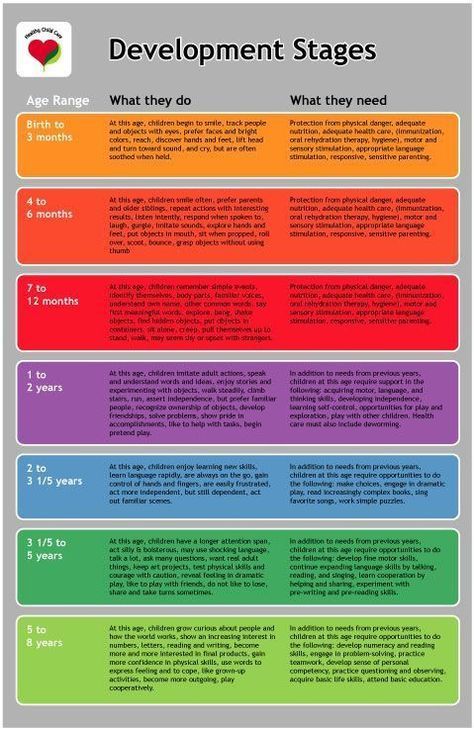
 The child organizes the information, arranging it in accordance with his notes in the table. You need to write briefly, in your own words, without rewriting the source material.
The child organizes the information, arranging it in accordance with his notes in the table. You need to write briefly, in your own words, without rewriting the source material. 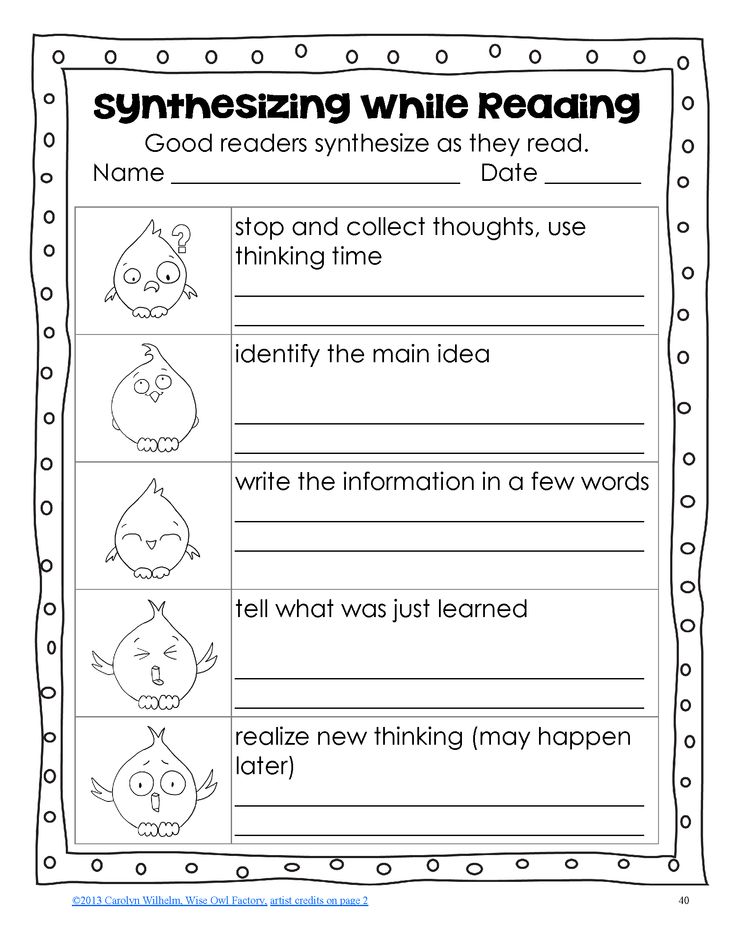
 The child runs his eyes over the main ideas in the text and finishes writing. It is also possible to move records from one column to another.
The child runs his eyes over the main ideas in the text and finishes writing. It is also possible to move records from one column to another. 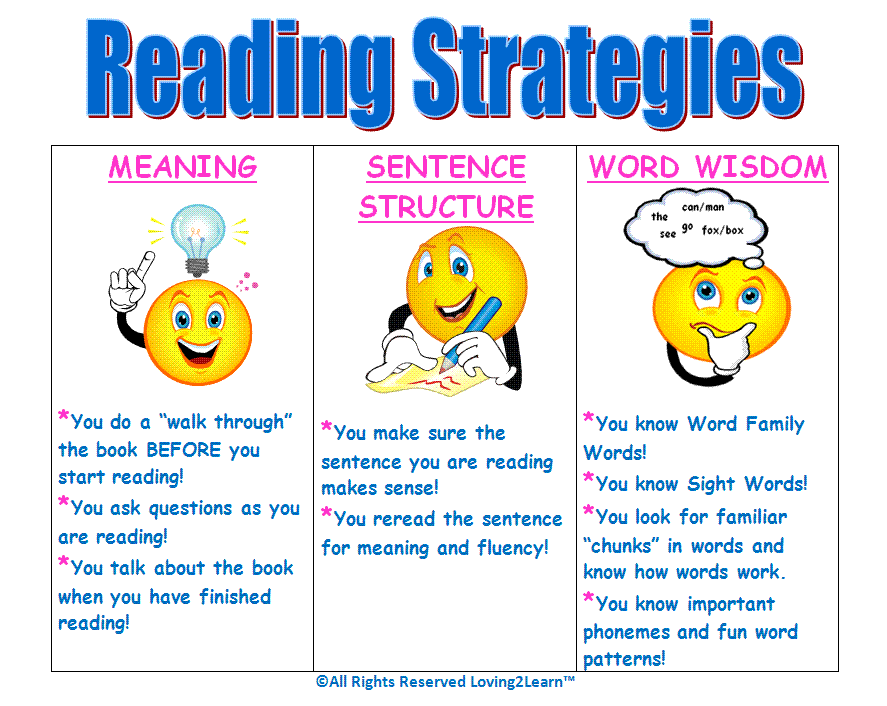 We process, analyze, connect the received information with the one that has already been.
We process, analyze, connect the received information with the one that has already been. 
